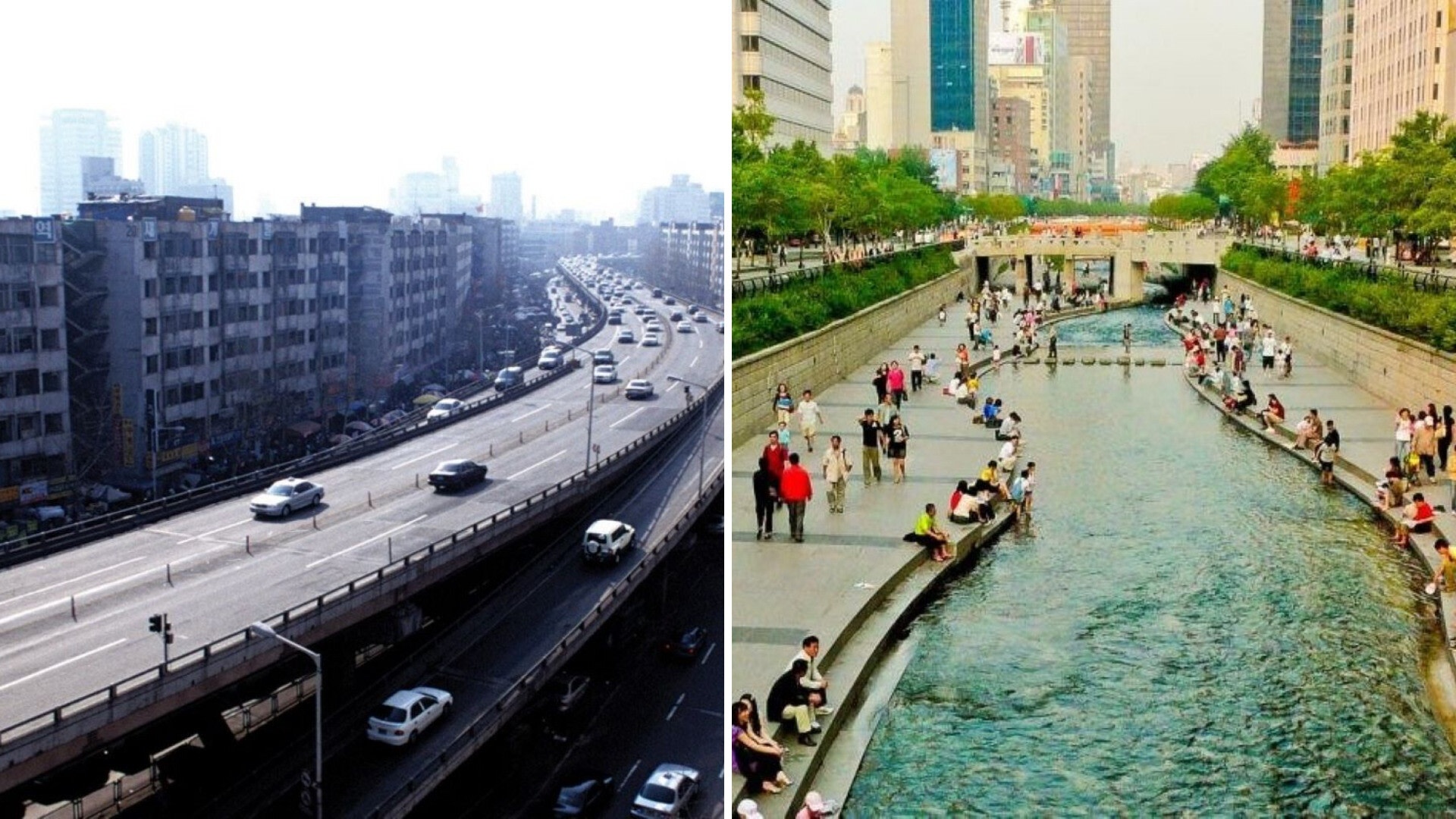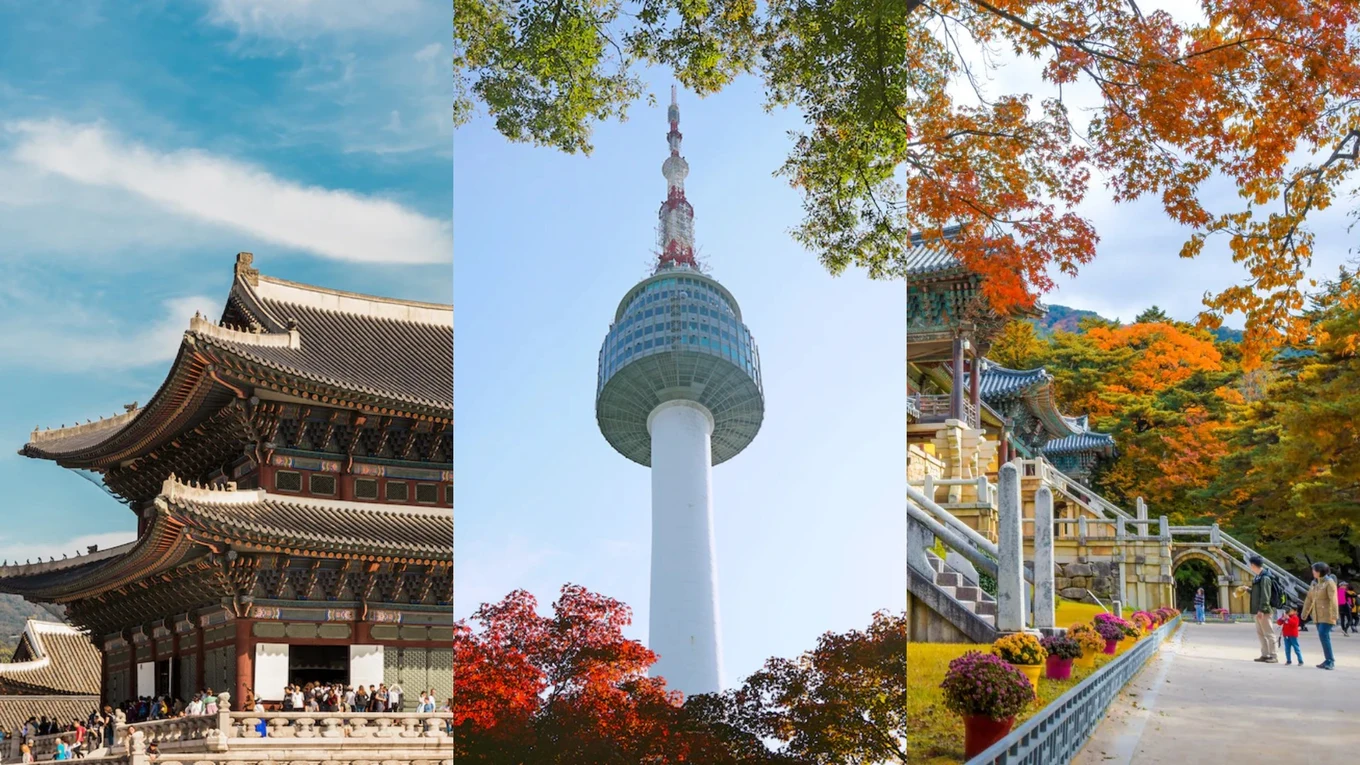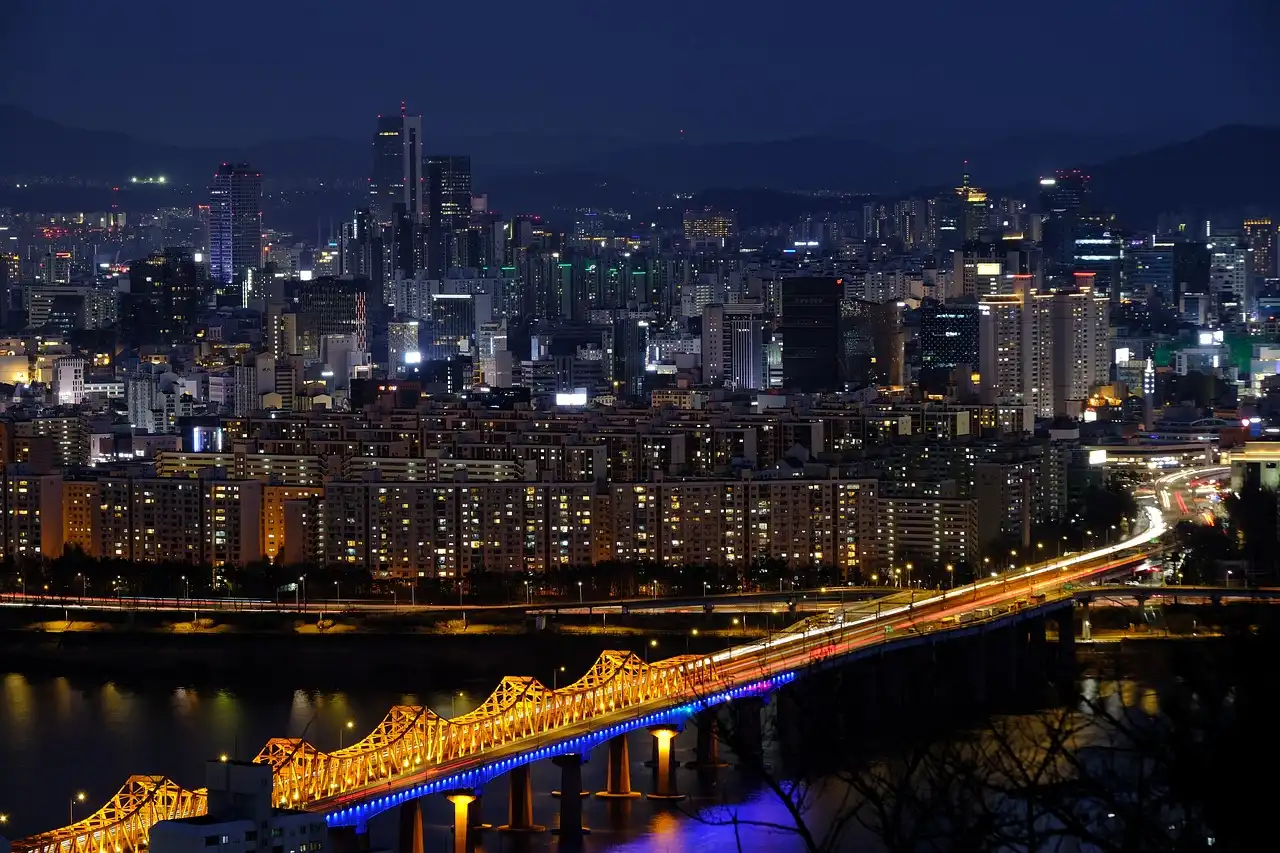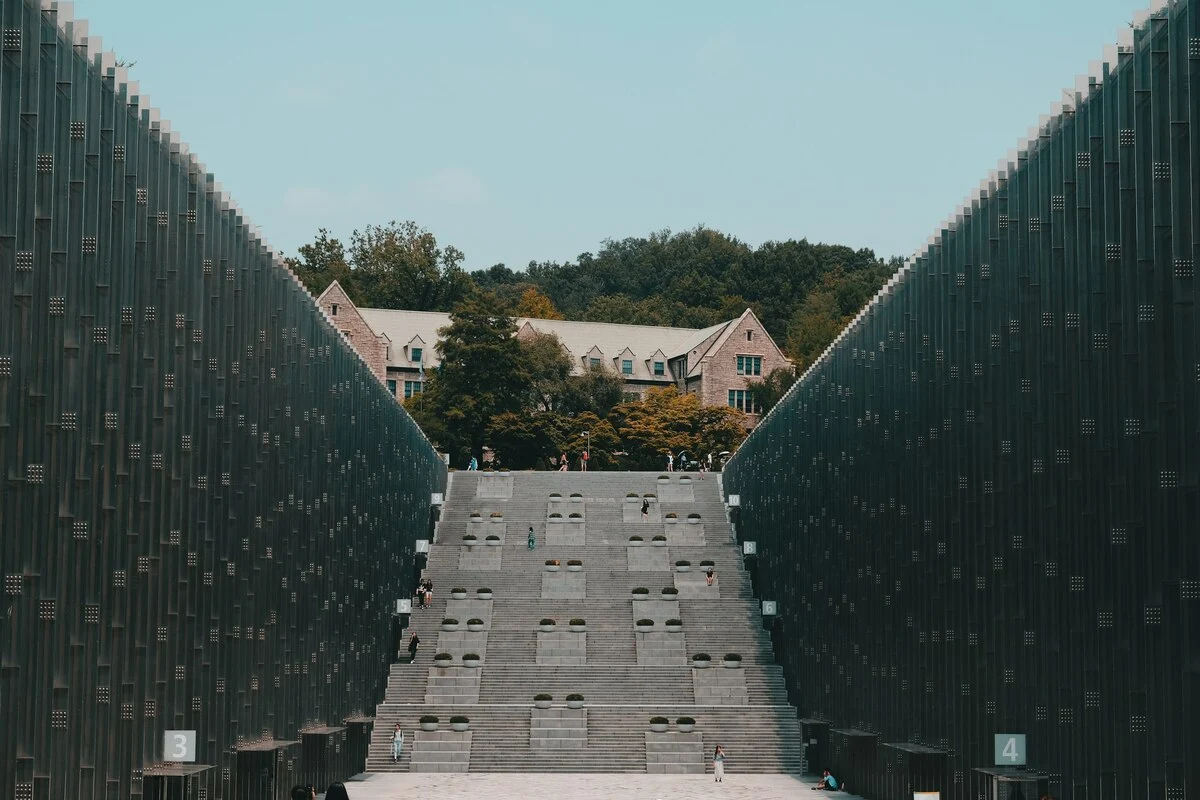Cheonggyecheon River Sees Significant Increase in Fish Species After Restoration

On May 26, at around 2 PM, two women in their 40s were captivated by the sight of the 40 cm deep Cheonggyecheon stream in Jongno-gu, Seoul, exclaiming, "There are so many fish! They must be eating the algae on the rocks!" They pointed to a group of 15 adult-sized stone loaches, identifiable by their black stripes, feeding on green algae along the stream's edge. Nearby, four sizable carp were seen spitting out mud as they foraged.
This year marks the 20th anniversary of the Cheonggyecheon restoration, and the National Museum of Nature and Science, along with the Seoul Facilities Corporation, released findings on the fish species inhabiting the stream. Currently, Cheonggyecheon is home to 20 different fish species, a fivefold increase from just four species before the restoration. Notably, the native freshwater fish, ‘Sillago’ (쉬리), has also been confirmed to inhabit the area, indicating that Cheonggyecheon has become an ecologically valuable waterway.
The study revealed that four Sillago fish were found near the upper reaches of Cheonggyecheon, close to the Gwan-su Bridge. Sillago is known to thrive only in clean waters with a grade of 2 or higher and fast-flowing streams, making it a key indicator of the ecological health of the river. Previous monitoring efforts in 2019 and 2022 had only spotted one or two individuals, leaving researchers uncertain about whether they were temporary visitors or established residents. However, this latest discovery confirms that Sillago has indeed settled in Cheonggyecheon, suggesting a stable ecosystem.
Hong Yang-ki, a researcher at the National Museum of Nature and Science, stated, "Since the first sighting in 2019, the maintenance of a healthy ecosystem and habitat has likely allowed Sillago to establish itself in Cheonggyecheon. We plan to conduct additional surveys in July and September to check for Sillago in other locations."
The exact process of how Sillago entered Cheonggyecheon remains unclear. A representative from the Seoul Facilities Corporation speculated that heavy summer rains may have raised the water levels, allowing Sillago from the Han River system to migrate through Jungnangcheon into Cheonggyecheon. Lee Wan-ok, president of the Korean Freshwater Fish Conservation Association, suggested that Sillago may have initially been released artificially but later adapted to the suitable environment.
The increase in fish species in Cheonggyecheon is significant, rising from just four species in 2003 to 20 species today. The recent survey, which covered six locations from the starting point at Mojeon Bridge to the confluence with Jungnangcheon, identified 20 species and one variant (Israeli carp). Among the 1,238 fish counted, the most prevalent was the common carp, making up 53.7% of the total. Other notable species included the native Korean fish, the Korean bitterling (14.7%), stone loach (7.5%), and the true crucian carp (6.5%). In contrast, the 2003 survey had only found four species that could survive in polluted waters.
Cheonggyecheon, which was once a natural stream, was covered by asphalt roads and elevated highways starting in 1958, before being restored to its current state on October 1, 2005. The Seoul Facilities Corporation noted that over the past 20 years, they have continuously removed invasive species and managed water quality, emphasizing that this discovery signifies Cheonggyecheon’s ecological importance.
What do you think?
0 reactions





